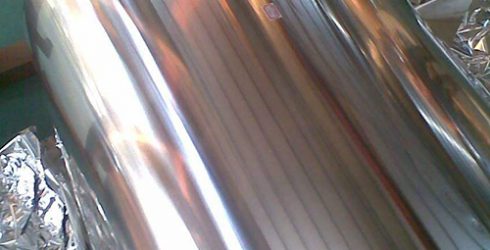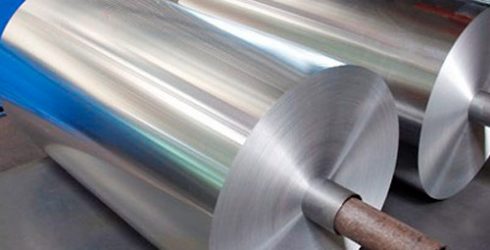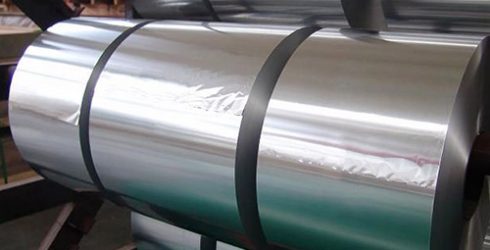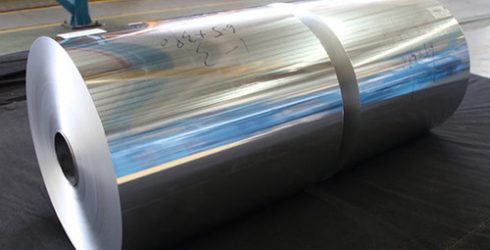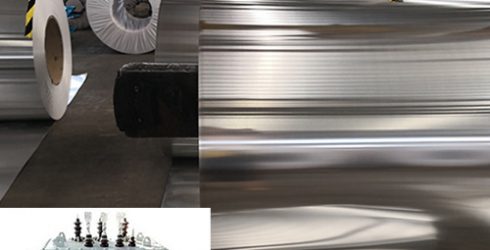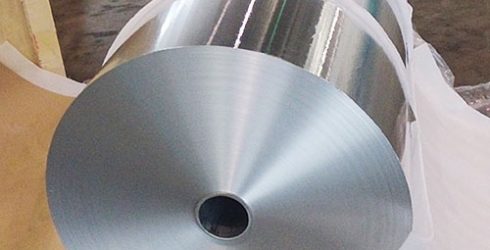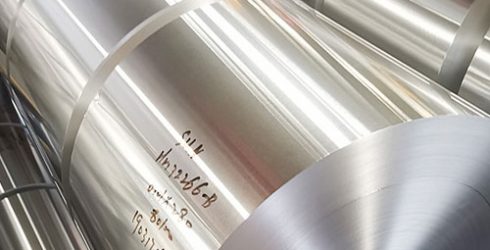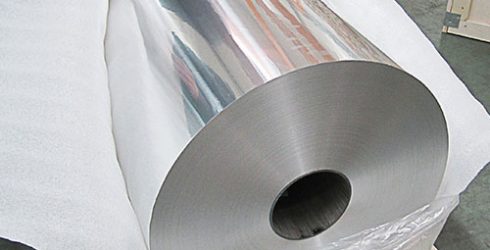The shielding effectiveness of aluminium foil depends upon the type of incident field (electric, magnetic, or plane wave), the thickness of the foil, and the frequency (which determines the skin depth). Shielding effectiveness is usually broken down into a reflection loss (the energy bounces off the shield rather than penetrates it) and an absorption loss (the energy is dissipated within the shield).
Although aluminium is non-magnetic, it is a good conductor, so even a thin sheet reflects almost all of an incident electric wave. At frequencies more than 100 MHz, the electric field is attenuated by more than 80 decibels (dB) (less than 10−8 = 0.00000001 of the power gets through).
Thin sheets of aluminium are not very effective at attenuating low-frequency magnetic fields. The shielding effectiveness is dependent upon the skin depth. A field travelling through one skin depth will lose about 63 per cent of its energy (it is attenuated to 1/e = 1/2.718… of its original energy). Thin shields also have internal reflections that reduce the shielding effectiveness.[13] For effective shielding from a magnetic field, the shield should be several skin depths thick. Aluminum foil is about 1 mil (25 µm); a thickness of 10 mils (250 µm) (ten times thicker) offers less than 1 dB of shielding at 1 kHz, about 8 dB at 10 kHz, and about 25 dB at 100 kHz.




